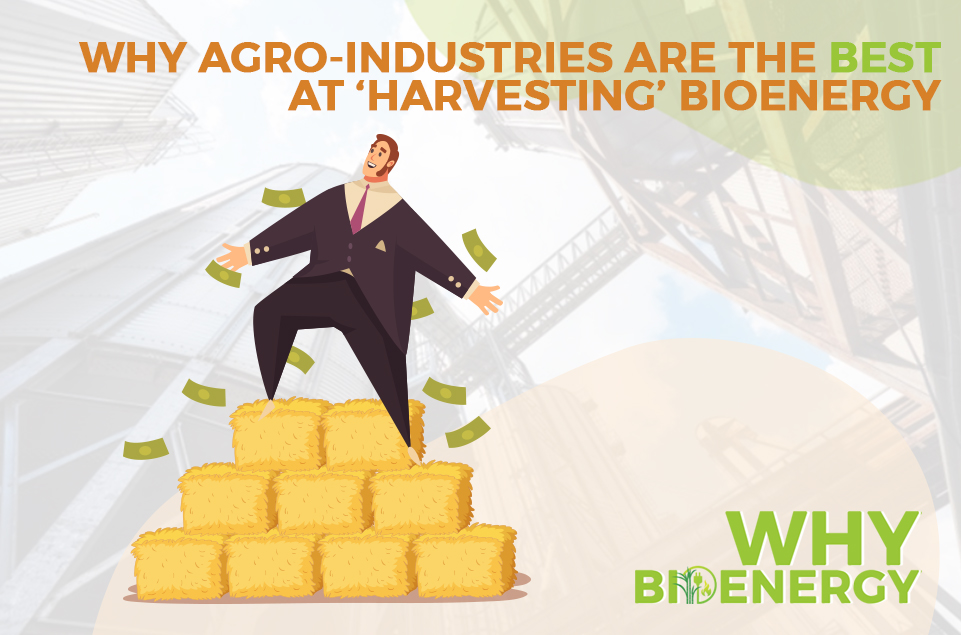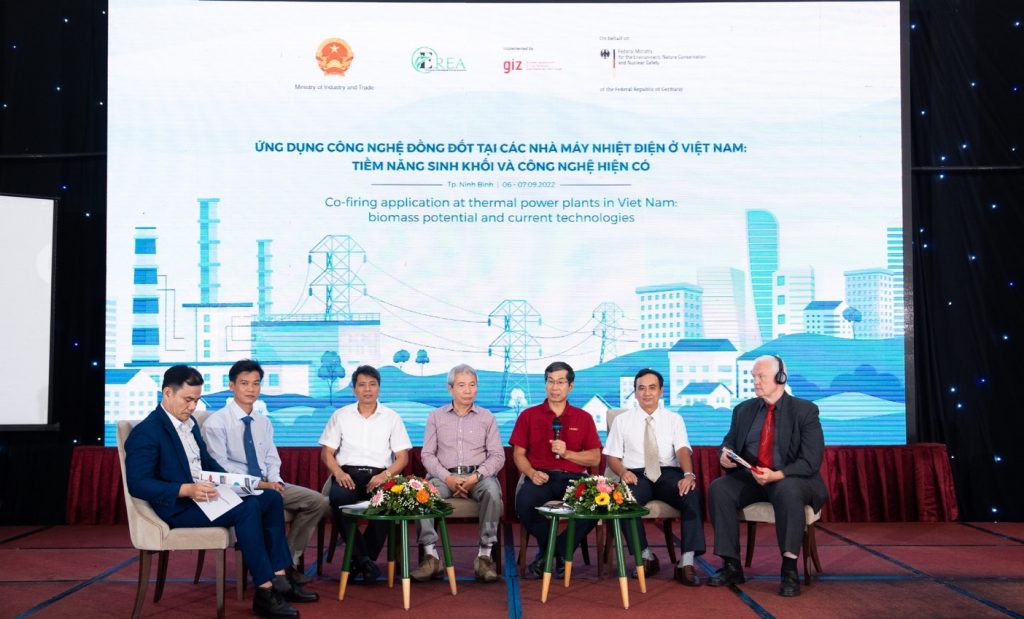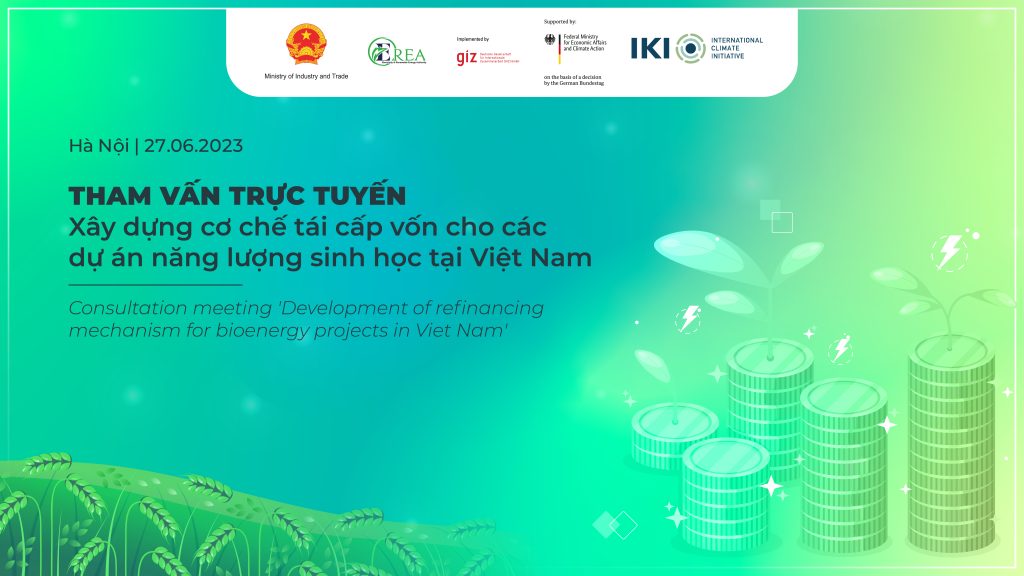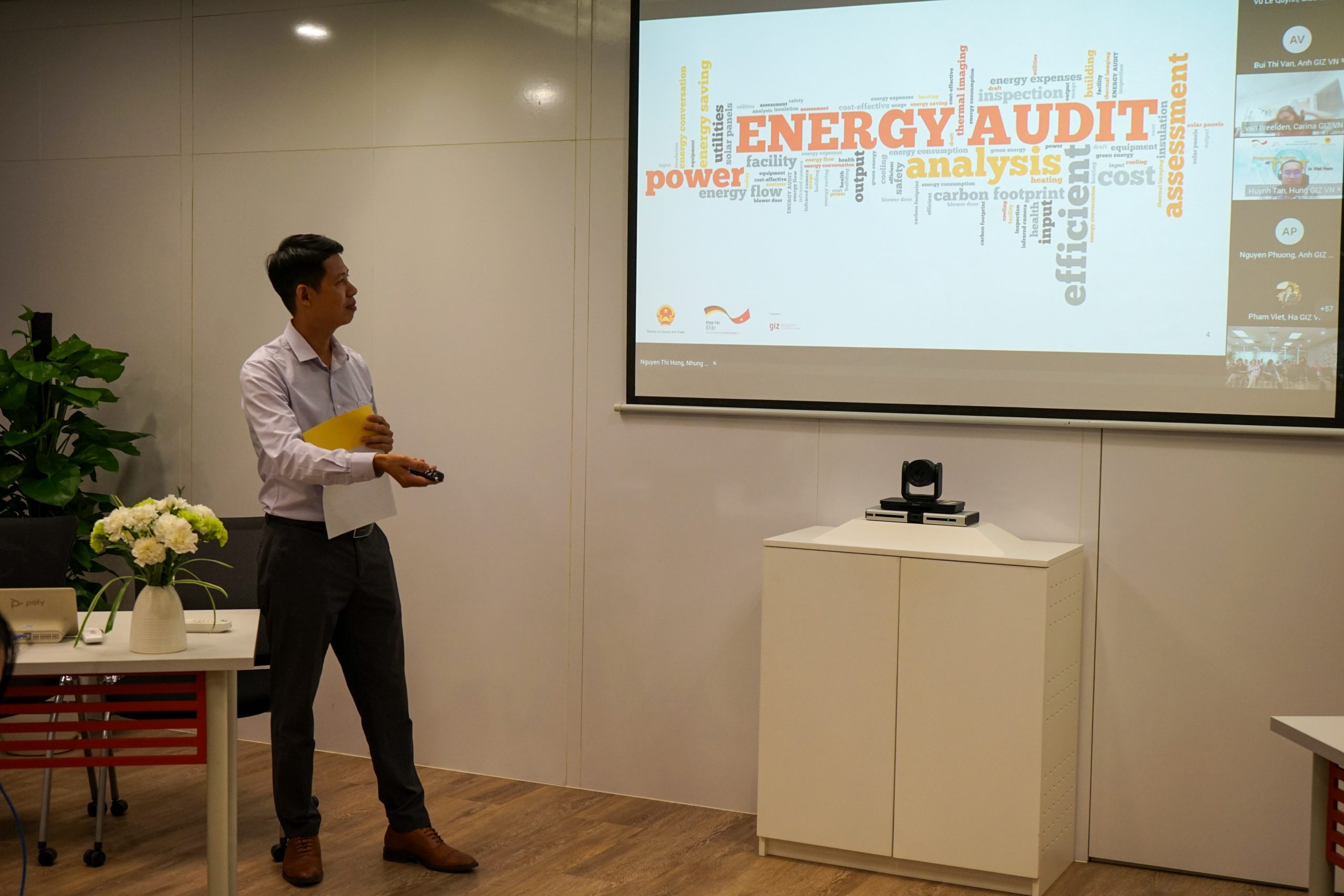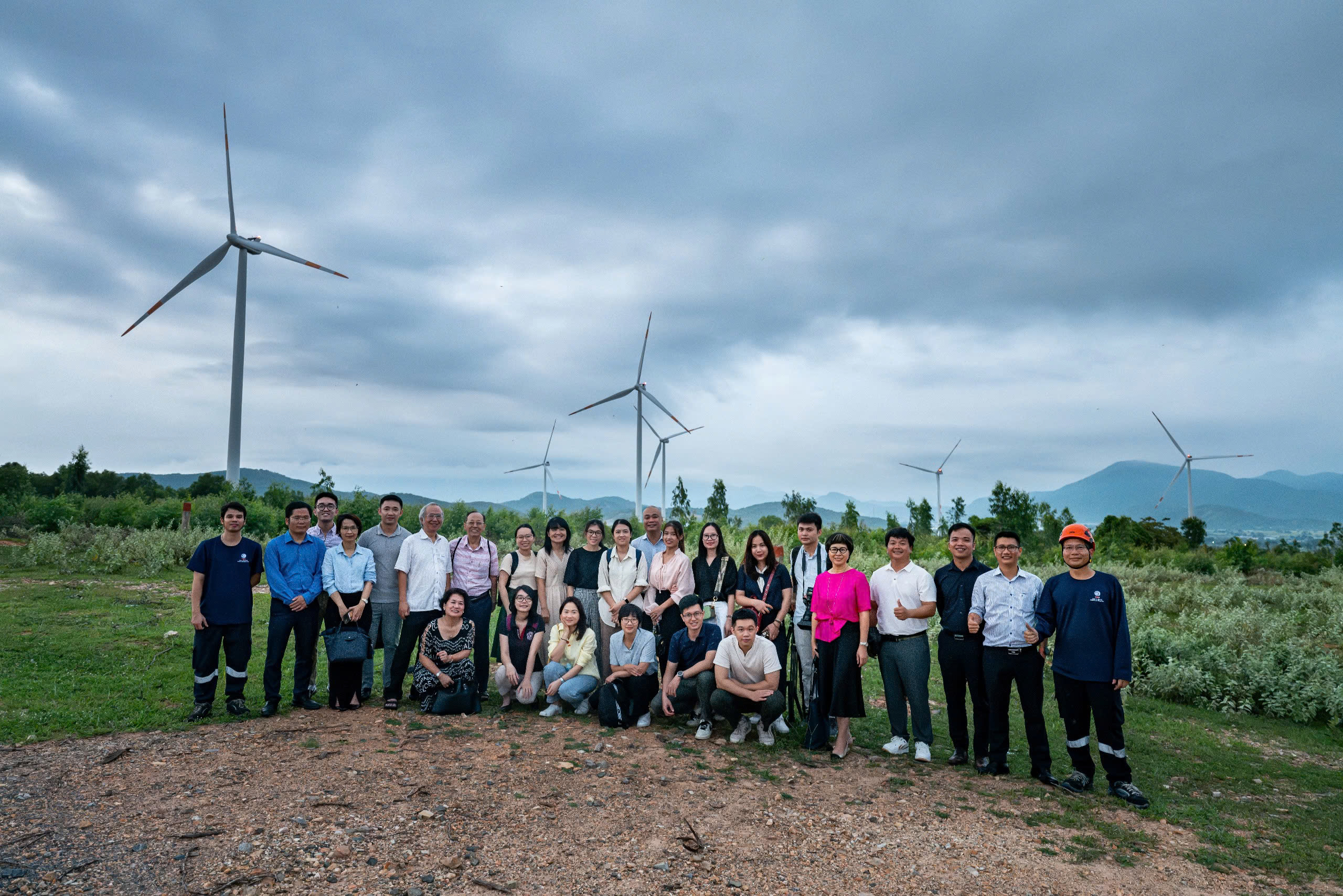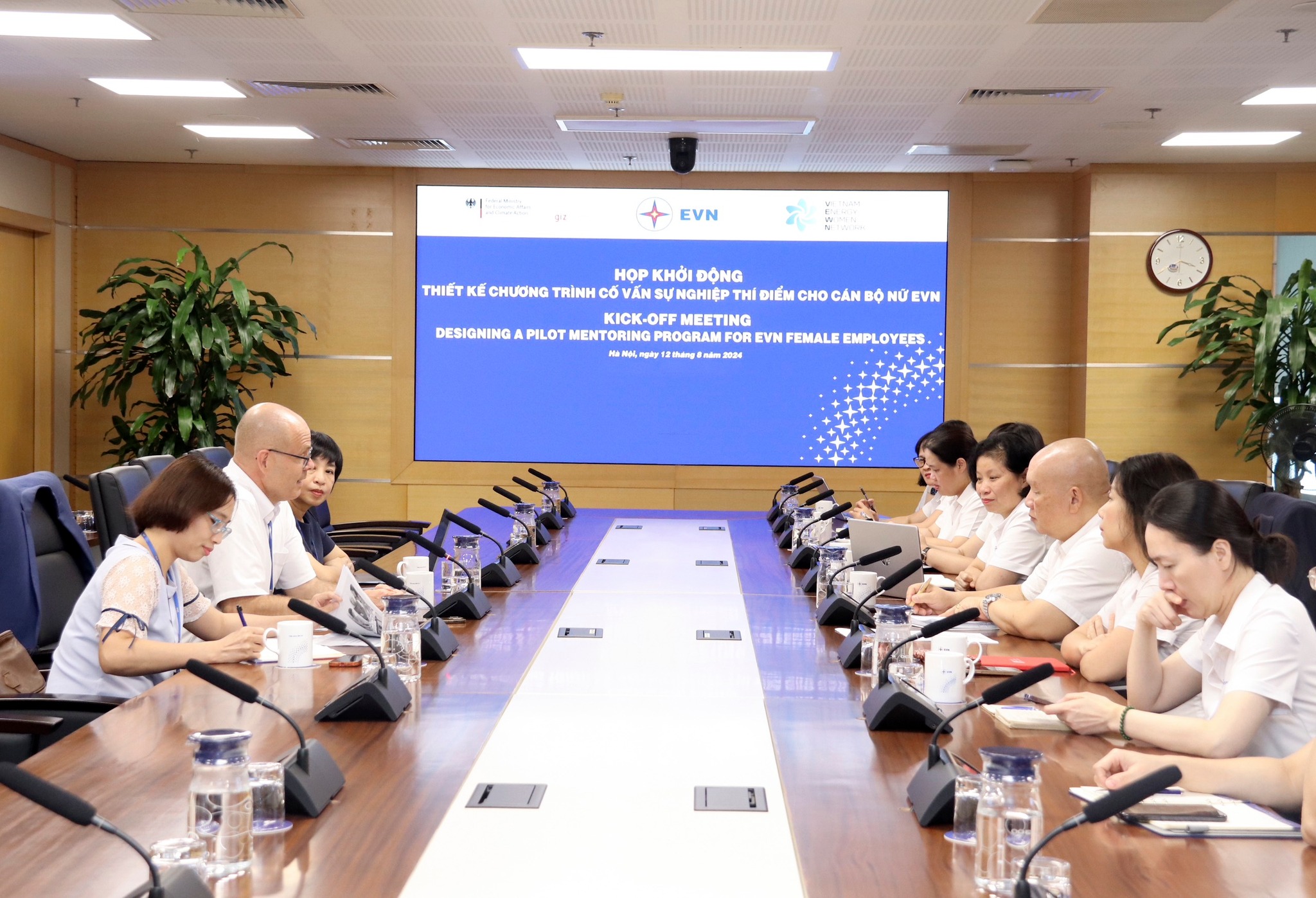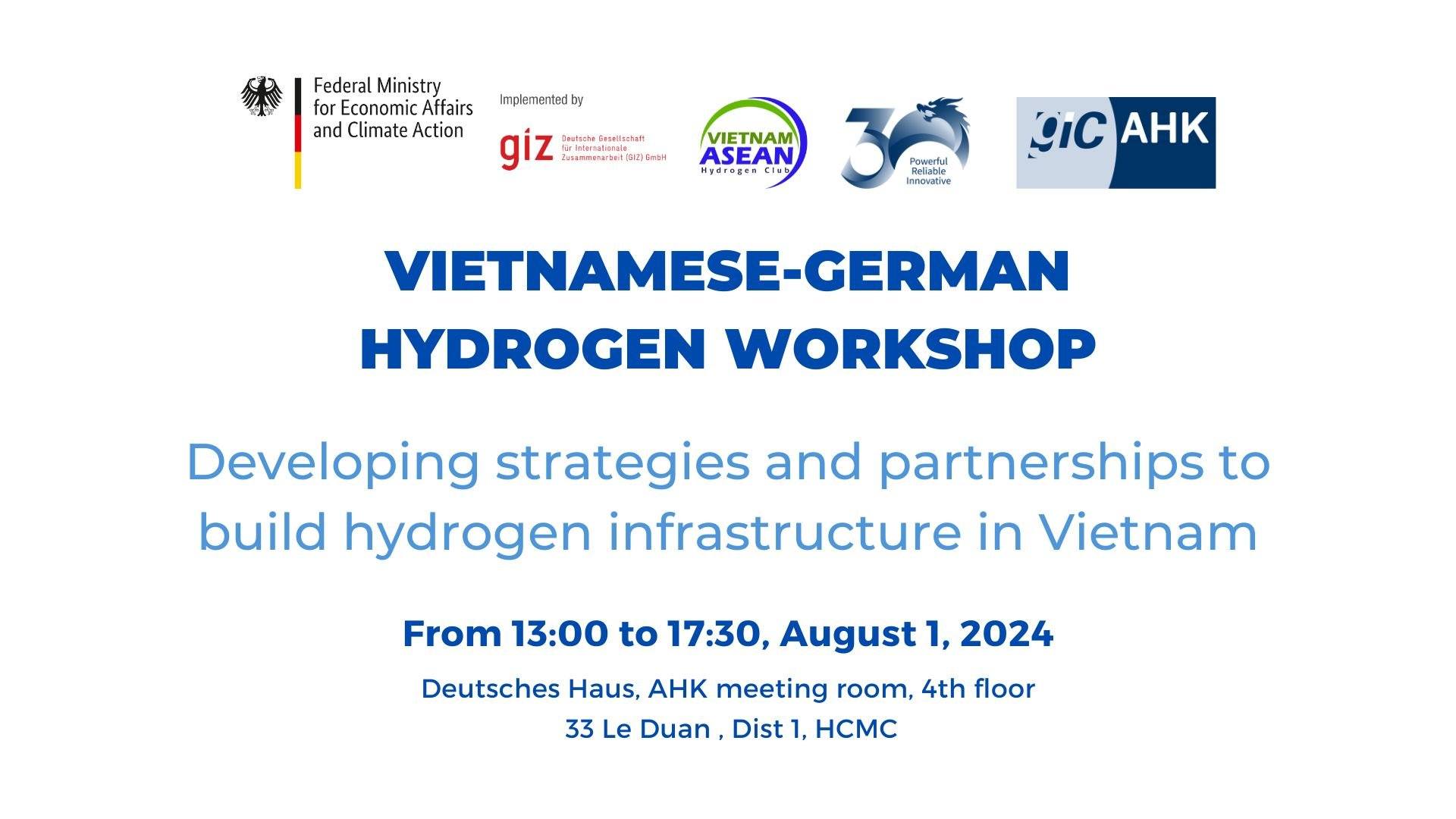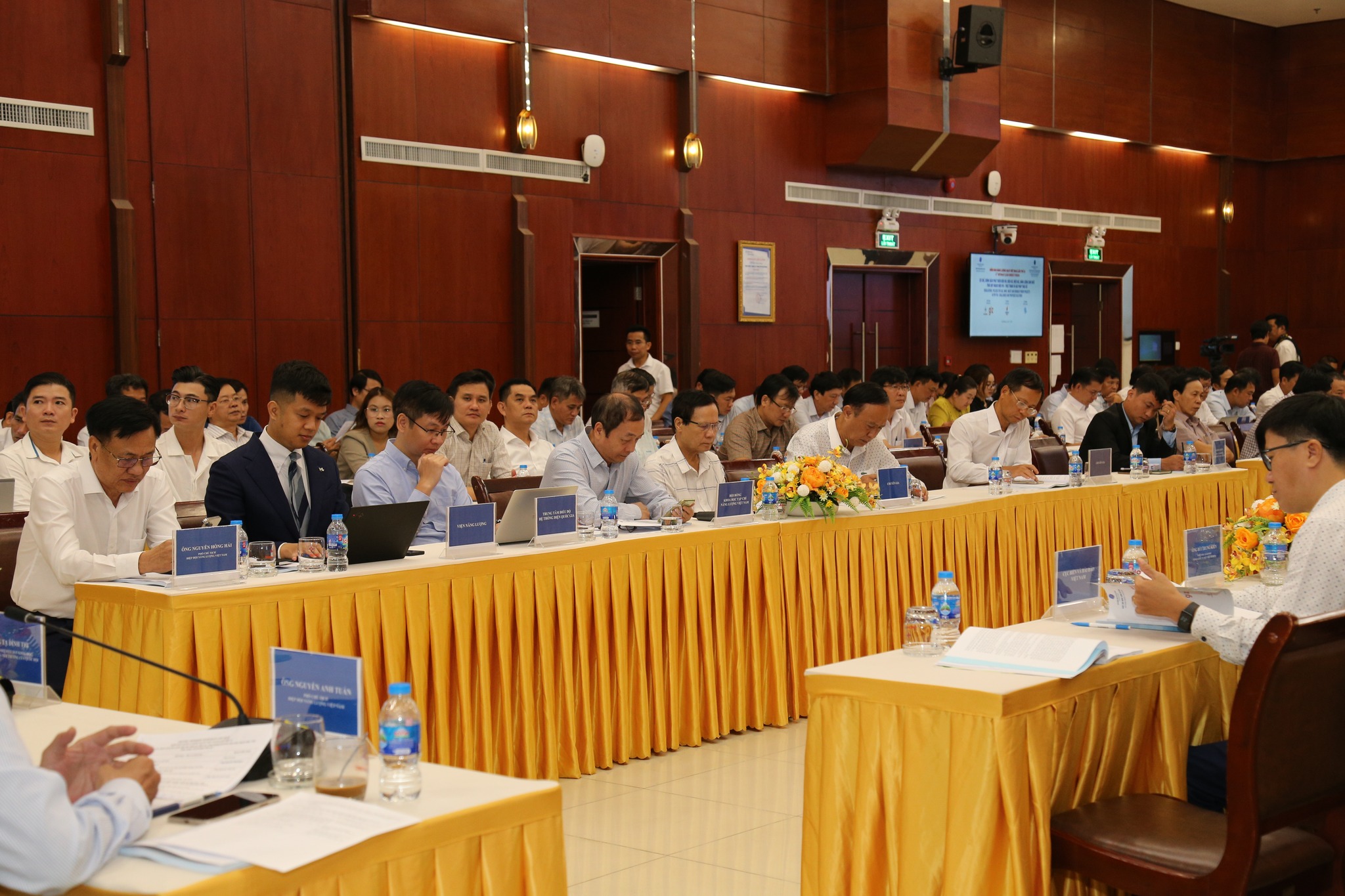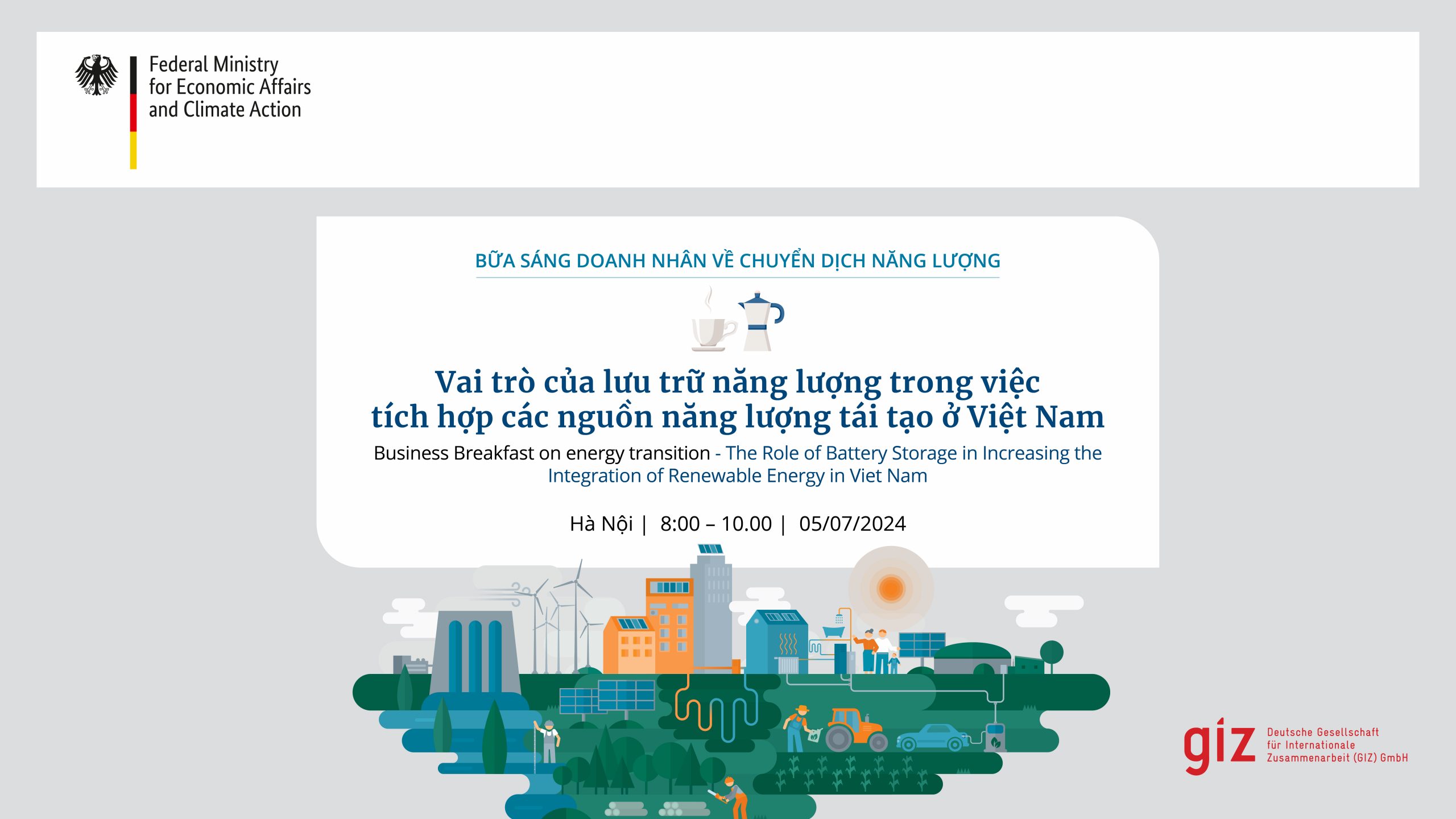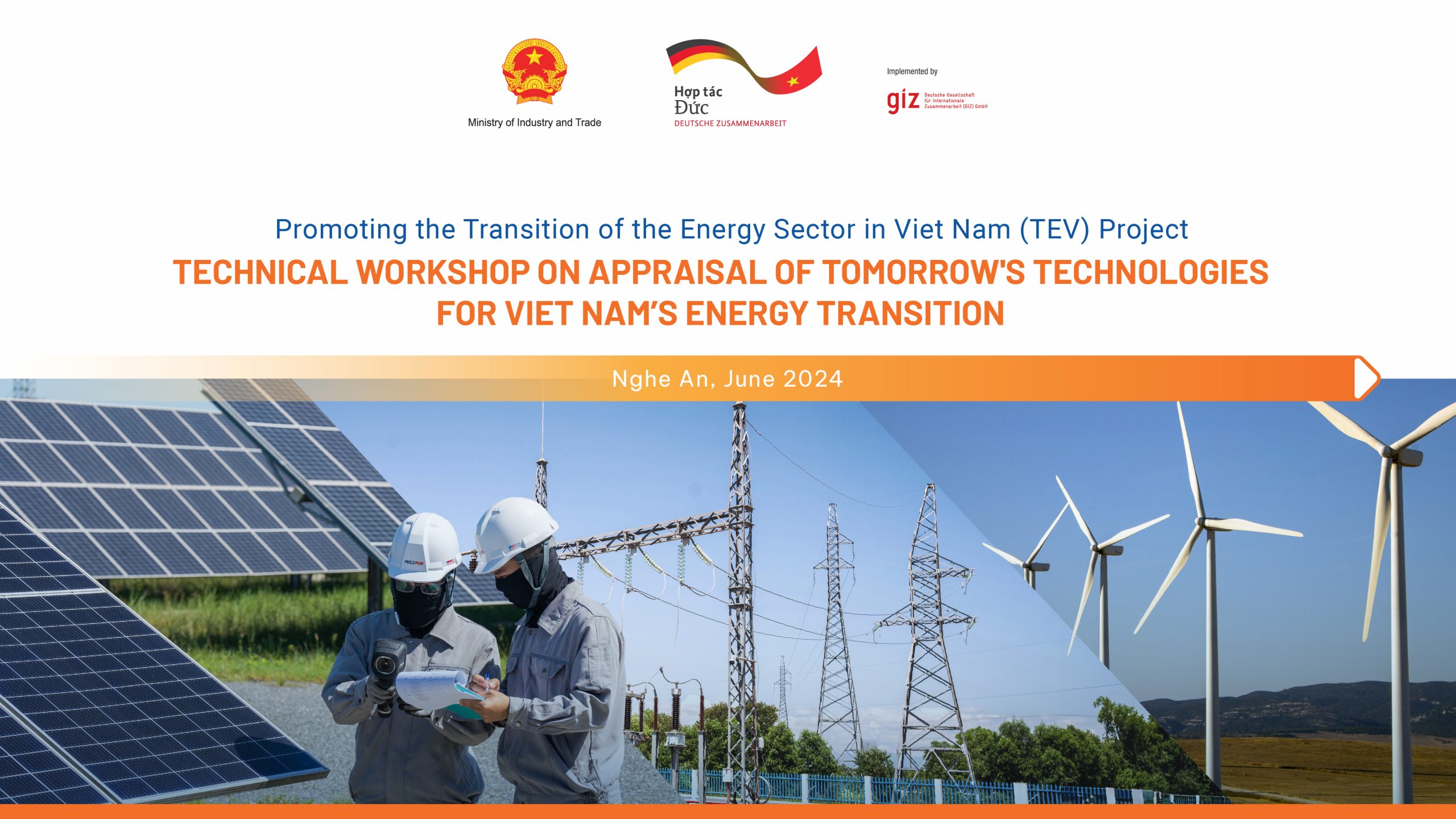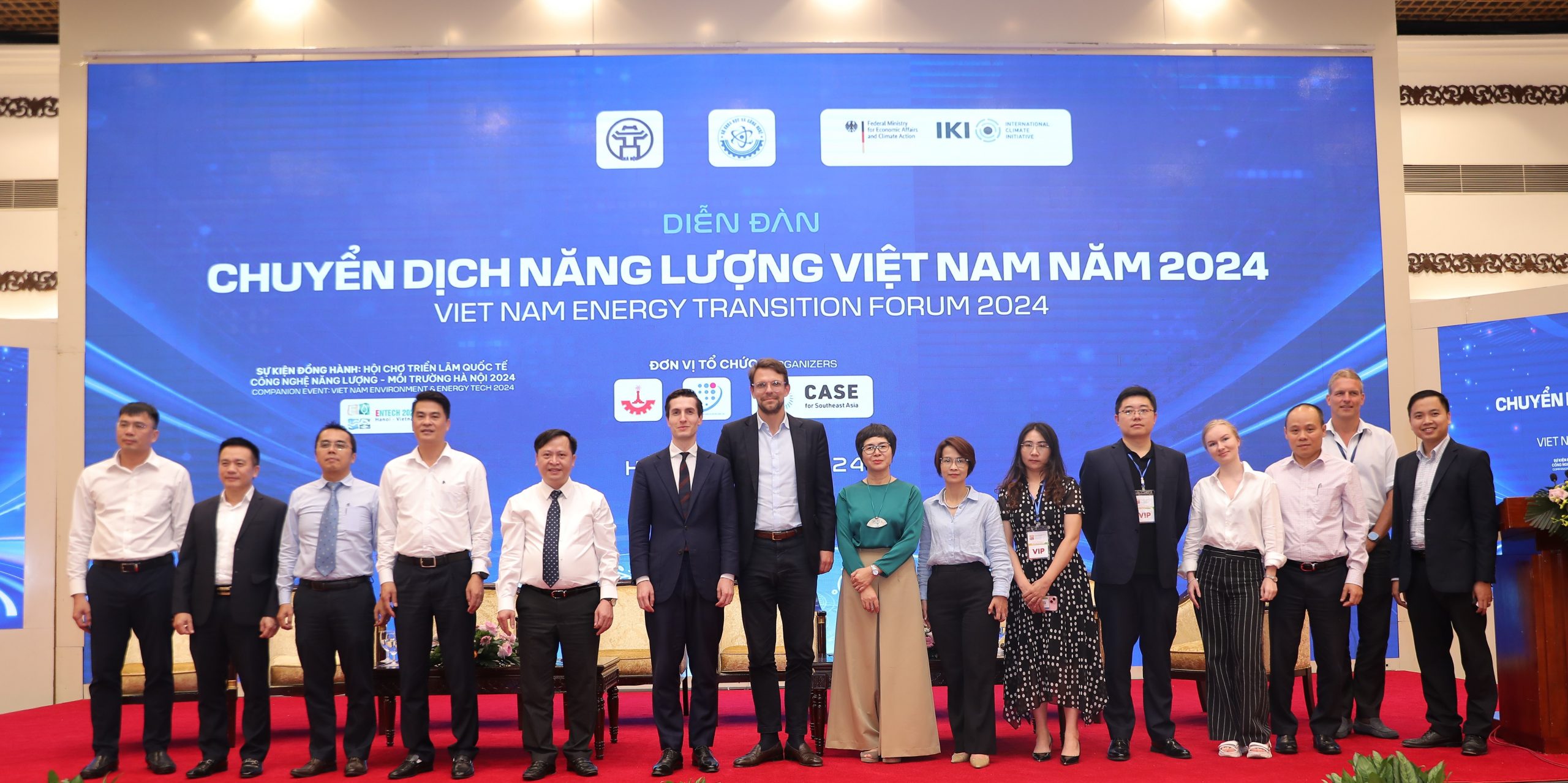Can biomass and biogas make Viet Nam’s farmers and agro-entrepreneurs ‘filthy rich’? Here is why Viet Nam’s agro-industry is predestined to benefit from bioenergy development AND contribute to a green future.
Agro-industries convert raw agricultural materials into value added products. They employ a range of simple to complex technologies. In Viet Nam, agricultural-forestry-aquacultural export value reached 41.3 billion USD in 2019. Thus, the importance of the Vietnamese agro-industries stands out of question, generating income and employment, and contributing to overall economic development.
When it comes to developing bioenergy on a path to a low carbon economy, actors from within the agro-industry find themselves in a strategic position to embark on new businesses as bioenergy producers. This is due to the following factors:
They often already work with organic solid bulk materials.
Their equipment for handling, drying or pelletizing can, in some cases, be utilized to treat raw biomass materials.
They dispose of existing commercial networks and channels that can support them for initiating biomass marketing.
They can operate seasonally as biomass logistic centers during periods of reduced or no activity.
They can replace their own electrical power, Diesel or coal usage with their own biomass residues.
A limited number of sugar mills have been pioneers in the field of bioenergy in Viet Nam by converting sugar cane residue (bagasse) to power to supply their own machinery as well as generate extra income by feeding surplus electricity to the national grid. Supporting other agro-industries (wood processing, rice milling, food processing, Tapioca/Cassava starch mills) to follow the sugar mills path will be crucial for renewable energy development in Viet Nam.
References



